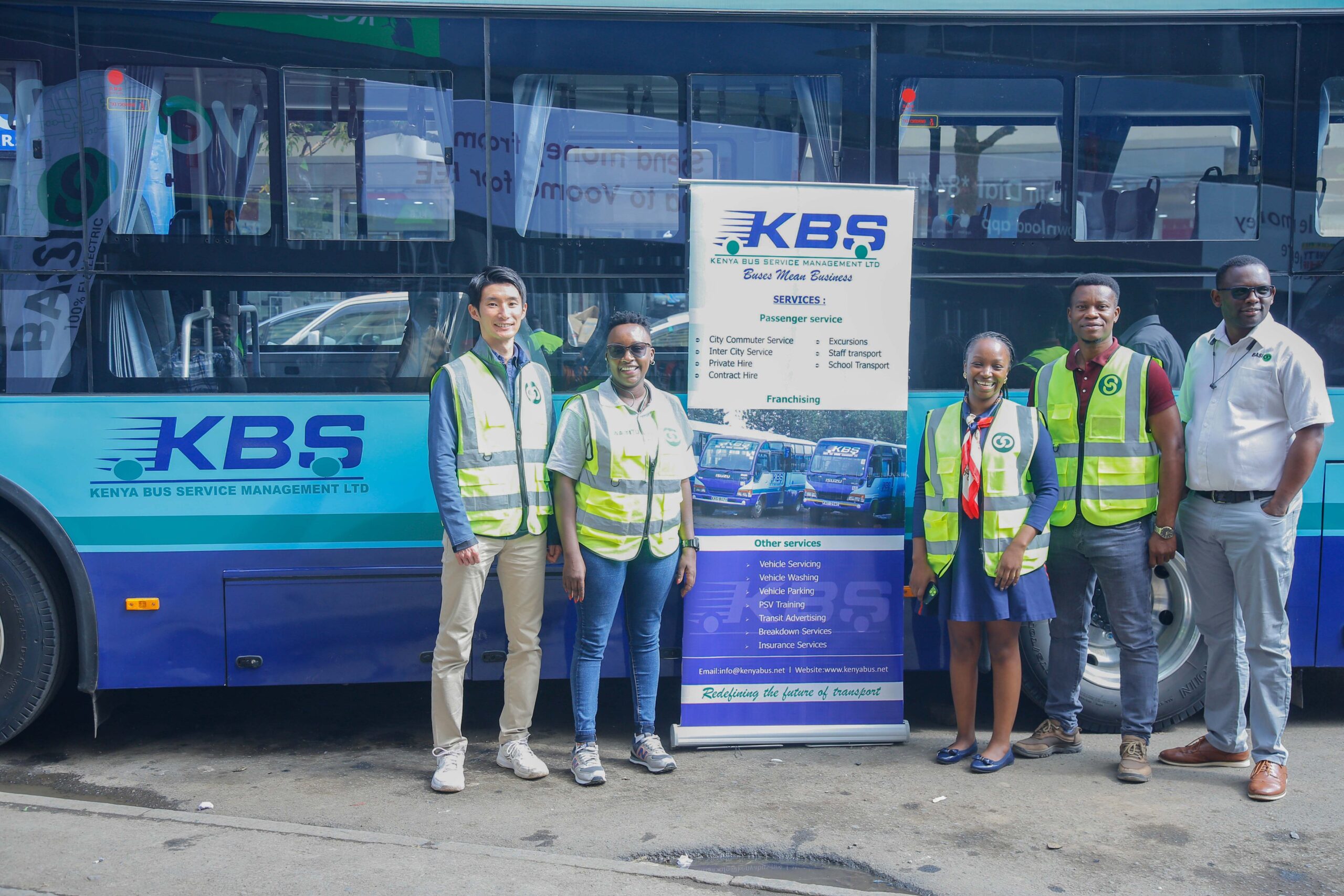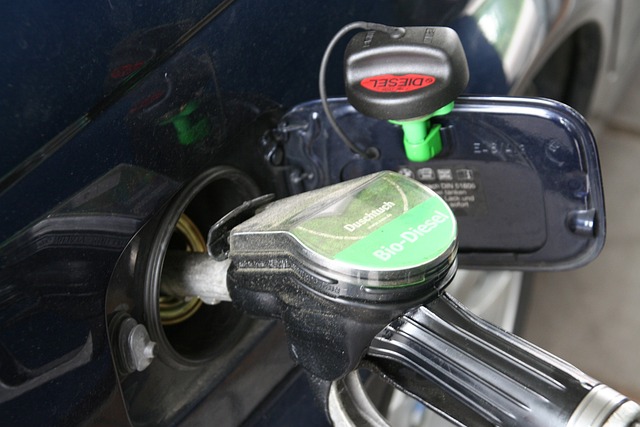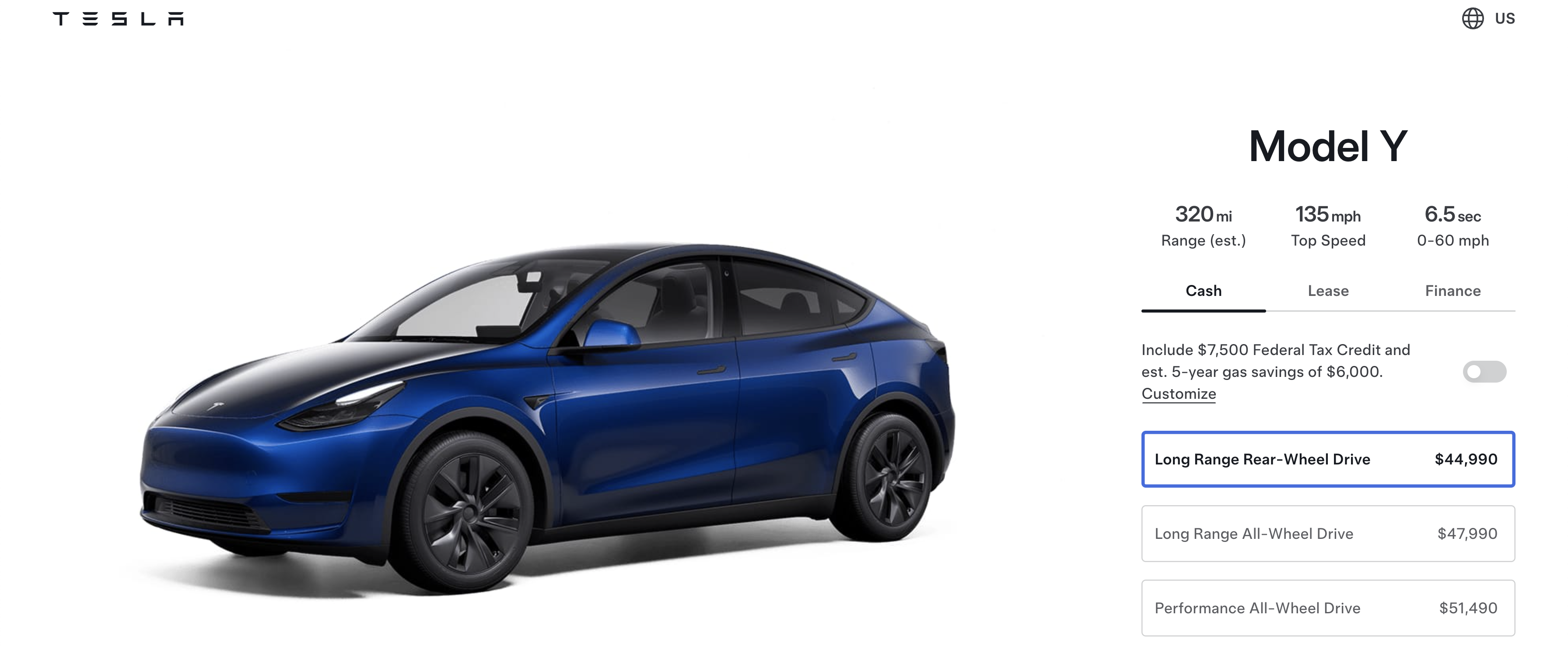
Countries such as India and China are pouring vast amounts of investment into their space exploration programmes, which will intensify competition regarding who controls what.
In the current climate of environmental concerns and the depletion of our planet’s natural resources, the extraction of valuable minerals from our solar system may prove to be the most hotly contested aspect of the race to exploit space.
A literal galactic goldmine
The economic potential of extracting raw minerals from space for use on Earth or for in-space manufacturing is infinite. Gold, platinum, cobalt, palladium and iron are just some of the precious metals known to be present in some of the asteroids in our solar system.
To get an idea of the scale of this opportunity, the asteroid database Asterank has estimated the resource values for asteroids tracked by NASA. It claims that the ten closest and most cost-effective asteroids to mine from Earth contain around $1.5trn of natural resources in today’s economy, which is equivalent to the current annual value of the entire global mining industry.
A NASA study, which looks further afield, supports that the total value of minerals within the asteroid belt between Mars and Jupiter could be worth an astronomical $700 quintillion.
Such an enormous influx of these resources would dramatically increase our planet’s ability to replenish its own and some estimate that asteroid mining could become a reality within the next 20 years. However, it is unlikely to truly take off until the process of launching, operating and maintaining spacecraft becomes more affordable.
The double-edged sword
Despite all this potential, asteroid mining also presents a considerable risk to current raw material exporters. At present, only a small, highly exclusive club of nations possesses the resources to capitalise on this opportunity. Were this concept to reach a stage where global mineral markets were flooded with materials produced from space, the consequences for some would be catastrophic.
The Democratic Republic of Congo (DRC) is one of the most resource-rich countries in the world. It currently accounts for 70% of global cobalt production amid the ongoing period of extremely high demand due to its use in electric vehicle batteries. While something undoubtedly needs to be done about the shocking working conditions and human rights abuses that plague the nation’s mining operations, a global surplus of valuable minerals would drive a slump in market prices or potentially a full-scale collapse. This could have a devastating effect on a country whose extractive sector accounted for 46% of government revenues in 2019.
Similarly, Indonesia, the global leader in nickel production, saw mining contribute 13.1% to its national GDP in the first half of 2022, according to a GlobalData report. Neither Indonesia nor the DRC will realistically be able to claim a piece of the pie once the established world leaders of space exploration begin to profit from this never-ending supply of materials. This market, which has the potential to be lucrative beyond imagination, will likely be controlled by a small number of highly influential players and the consequences for those who can’t keep up could be severe.
The need for regulation
The current level of investment into space exploration and the potential exhaustion of Earth’s resources mean that asteroid mining is more of an inevitability than a possibility. With this in mind, there needs to be a way of ensuring that nations that depend on mineral exports are not adversely impacted once this becomes a reality. Could there be a way of regulating production from space to allow current producers and exporters to remain competitive?
Wherever the solution may lie, serious thought needs to be put towards tackling the problem at the source before it spirals out of control.




